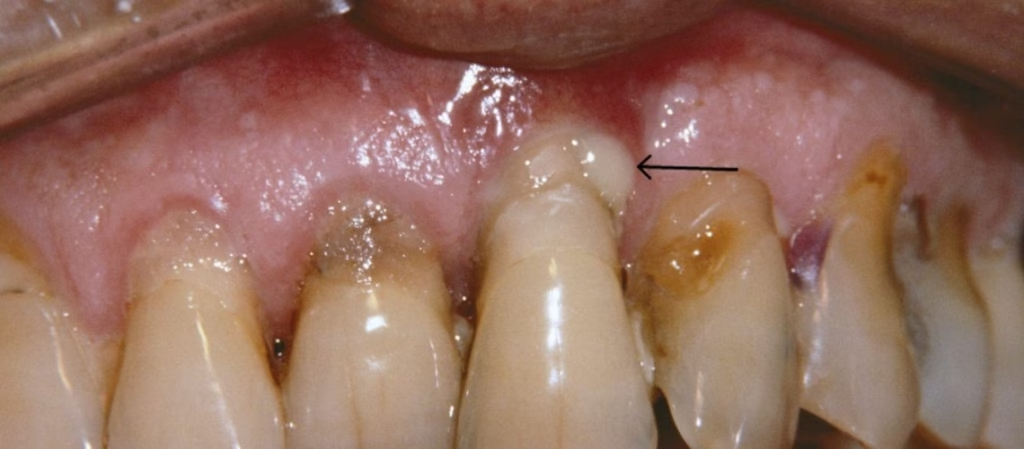Periodontal Diseases – A Full Guide

To treat gingivitis it is recommended to pay special attention to oral hygiene. To do this, techniques such as professional cleaning with instruments that guarantee deep hygiene are suggested.

To treat gingivitis it is recommended to pay special attention to oral hygiene. To do this, techniques such as professional cleaning with instruments that guarantee deep hygiene are suggested.